When planning a school laboratory, the initial items that come to our mind are the apparatus, equipment, chemicals and models that teachers use to conduct experiments. However, an often overlooked yet crucial element in the smooth functioning of a school lab is the school laboratory workbenches.
School laboratory workbenches must withstand the various activities and situations that occur daily, providing a safe, efficient, and ergonomic environment for learning and experimentation.
In this blog, let’s explore the different types of school laboratory workbenches based on usage, placement, and structure, highlighting their importance in creating a functional laboratory setting.
Types of School Lab Workbenches Based on Their Usage
- Wet Lab Workbenches

A wet lab is essentially a hands-on workspace designed for experiments that involve chemicals, reagents, and biological materials. The name “wet lab” comes from the frequent use of liquids that can include anything from water and enzymes in biology to acids and solvents in chemistry.
Wet lab workbenches are made to be sturdy and safe by resisting corrosion and chemical harm. They typically have sinks, water faucets, and sample and reagent storage, making them fully functional for liquid and biological material investigations.
- Dry Lab Workbenches

Dry labs are laboratory spaces specifically designed for work that doesn’t involve hazardous liquids or gases. They are often used for physics labs, computer simulations, and other theoretical or computational tasks.
Dry lab workbenches are essential tools in scientific research, providing a stable, supportive surface for a wide range of equipment used in measurements and calculations. These workbenches are designed to accommodate various laboratory gear, from delicate optical instruments to heavy-duty power supplies.
They often feature ample surface area to allow for multiple setups and experiments, as well as integrated electrical outlets and grounding points to ensure safe and reliable power supply for sensitive equipment.
Examples of common dry lab workbenches include optical benches, which are specifically designed to support precision optical components for experiments in optics and spectroscopy. These workbenches are designed to be stable and precise during experiments by withstanding large loads and vibrations.
Types of School Lab Workbenches Based on Their Placement
- Island Lab Workbenches

Island lab workbenches are large, standalone tables placed centrally within a laboratory. Their strategic placement allows access from all sides, making them ideal for group experiments and collaborative work.
Island workbenches are typically larger than standard lab benches, providing ample surface area for conducting multiple experiments simultaneously. Island workbenches often come with integrated storage solutions like shutters and drawers, ensuring that all necessary tools and materials are within easy reach.
- Wall-Facing Lab Workbenches
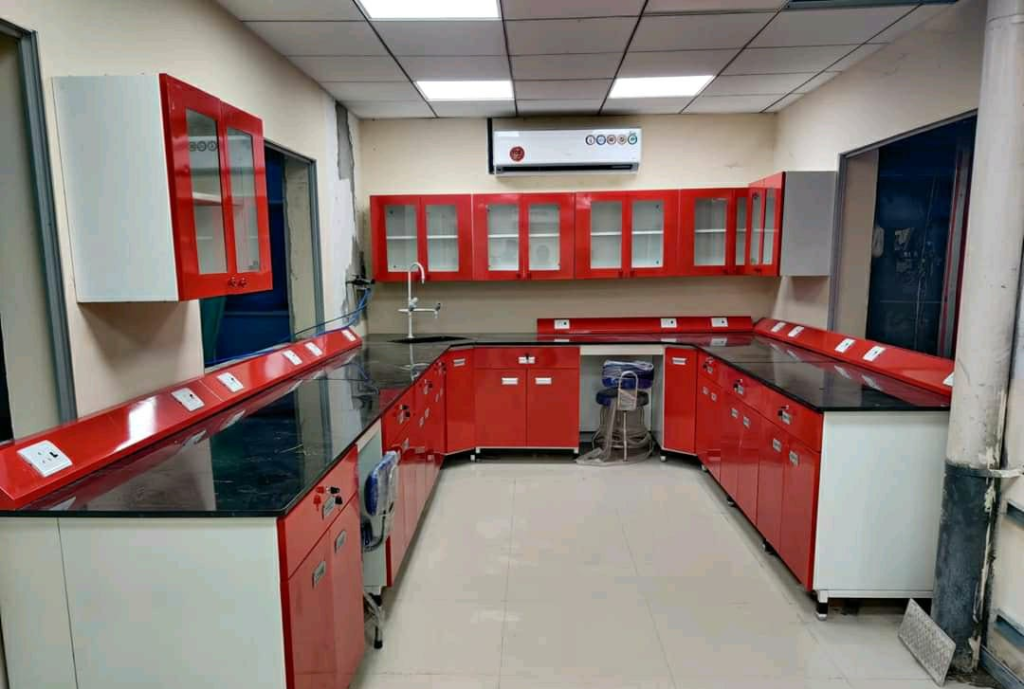
Wall-facing lab workbenches are positioned against the walls of a laboratory. This placement allows for the efficient use of space, providing access to storage cabinets on one side. These workbenches typically accommodate up to four students per workbench, making them suitable for smaller groups or individual work.
Wall-facing workbenches help in organizing the lab by keeping the central area open for movement and additional setups. By utilizing wall space, these workbenches free up the central area of the lab, promoting better traffic flow and allowing for additional setups when needed. The designated storage space keeps equipment and supplies readily available, reducing clutter and improving overall lab organization.
Types of School Lab Workbenches Based on Structure
- C-Type Assembly Lab Workbenches
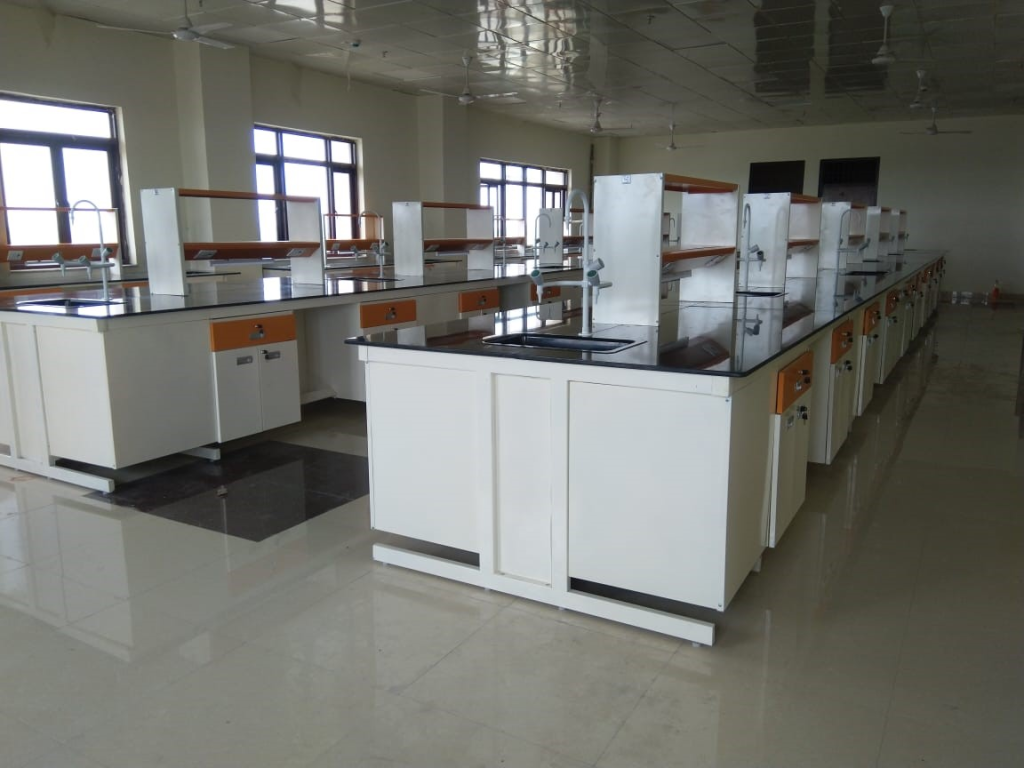
C-type assembly lab workbenches are designed for laboratories that need sturdy work surfaces and ample storage for heavy equipment and materials. These lab tables feature a heavy tabletop resting on a robust C-frame. This design allows for the hanging of storage modules, which can bear significant loads and withstand immense stress.
The C-frame is the supporting structure of the table. It’s shaped like a capital letter “C” and made from strong materials like steel. This design provides good stability and can bear a lot of weight.
These tables are ideal for labs that require substantial storage space for heavy equipment and materials. The C-frame structure also provides flexibility in terms of customization, allowing for the addition or removal of storage units as needed.
- Skirting-Type Assembly Lab Workbenches

Skirting-type lab tables have a solid base that extends all the way down to the floor, unlike tables with legs that leave some space underneath. This skirting base acts like a built-in cabinet, providing additional storage space for lab equipment and materials.
The key benefit is maximizing storage. Since the entire base is usable, you can store items directly beneath the work surface. This is ideal for labs with limited floor space, as you can utilize every available inch for storage.
The solid skirting base also contributes to the table’s stability. With a wider footprint compared to legged tables, the skirting design helps prevent wobbling or tipping during experiments, especially when working with heavy equipment or chemicals.
- Pedestal-Type Assembly Lab Workbenches
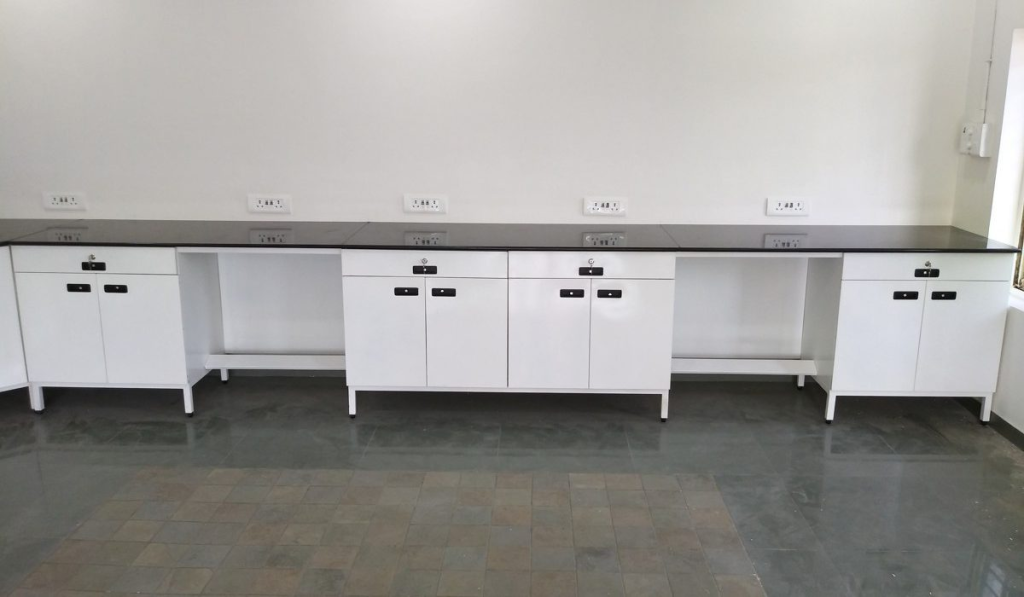
Pedestal-type assembly lab tables are a popular choice for laboratories due to their functionality and design benefits. These frames provide a strong and stable base for the tabletop. Square tubing offers good weight distribution compared to round tubes.
Instead of legs running the entire length of the table, pedestal supports are strategically placed columns that hold up the tabletop. This design eliminates a base structure that could hinder cleaning or equipment placement.
Conclusion
Lab workbenches play a key role in creating a conducive learning environment for students. Properly designed school lab workbenches contribute to the lab space’s overall organisation and cleanliness.
At Labkafe we handle everything from concept to completion for your dream lab. Contact us today at [email protected] to design the dream lab for your school.
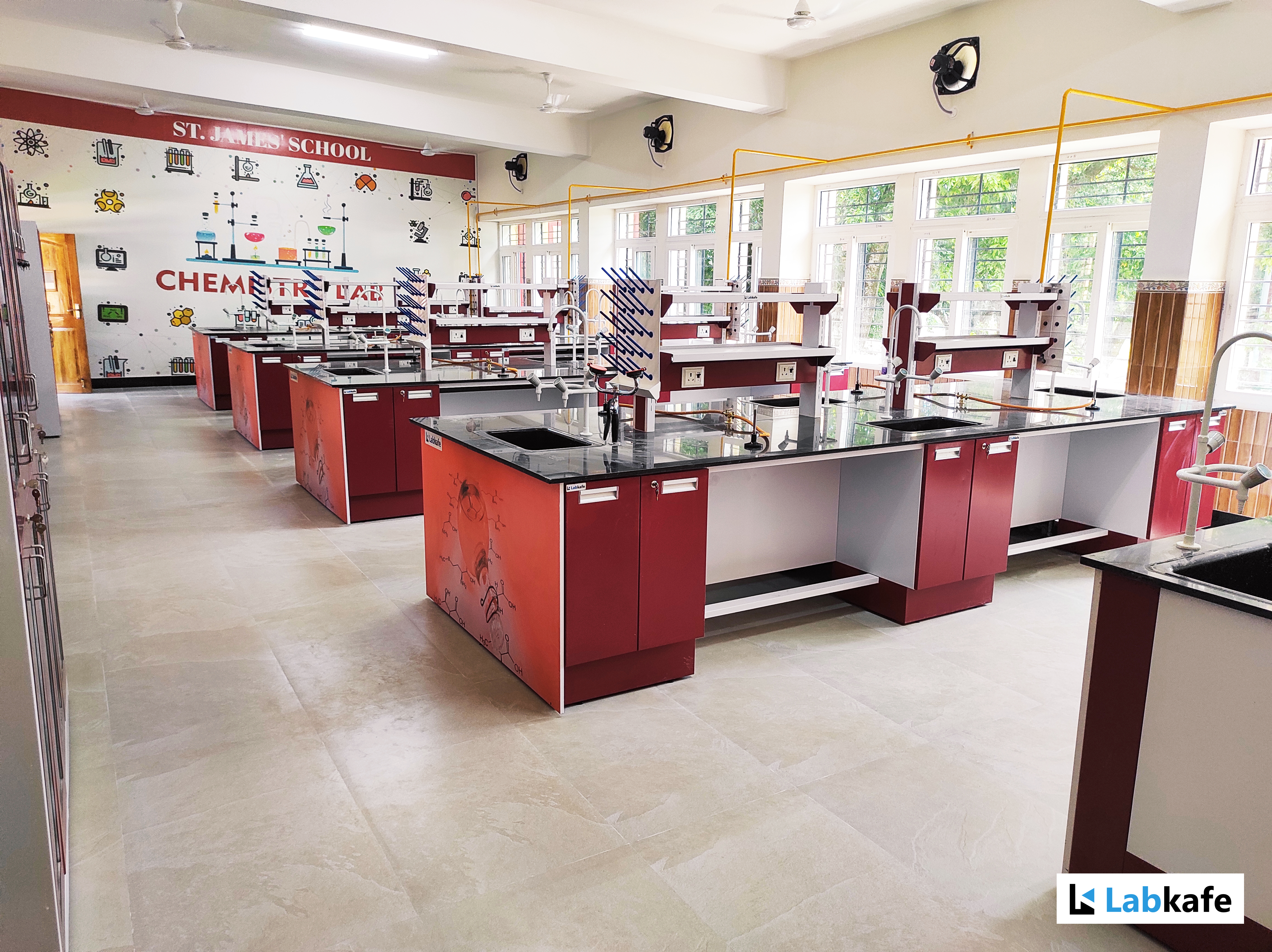

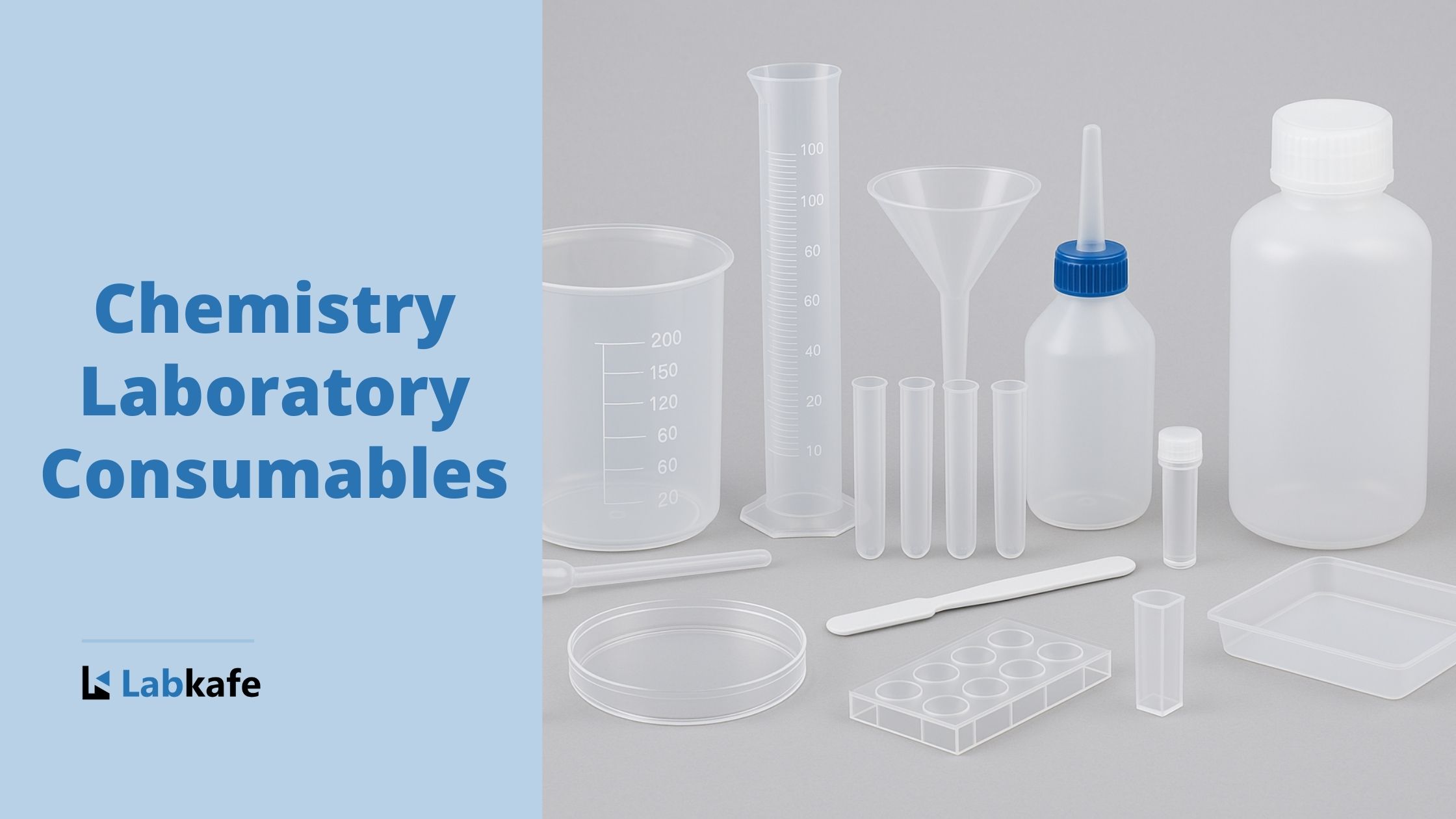
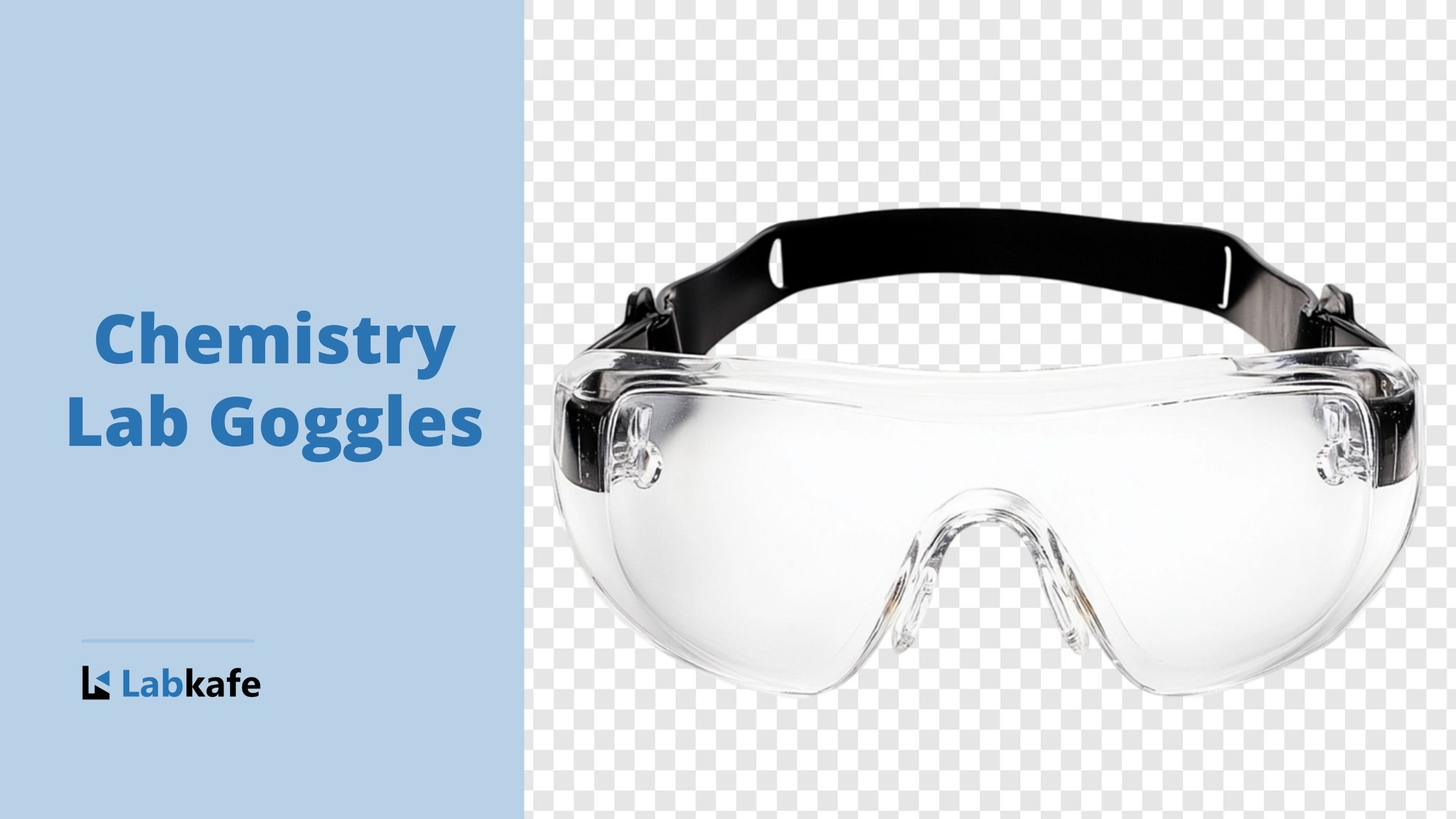
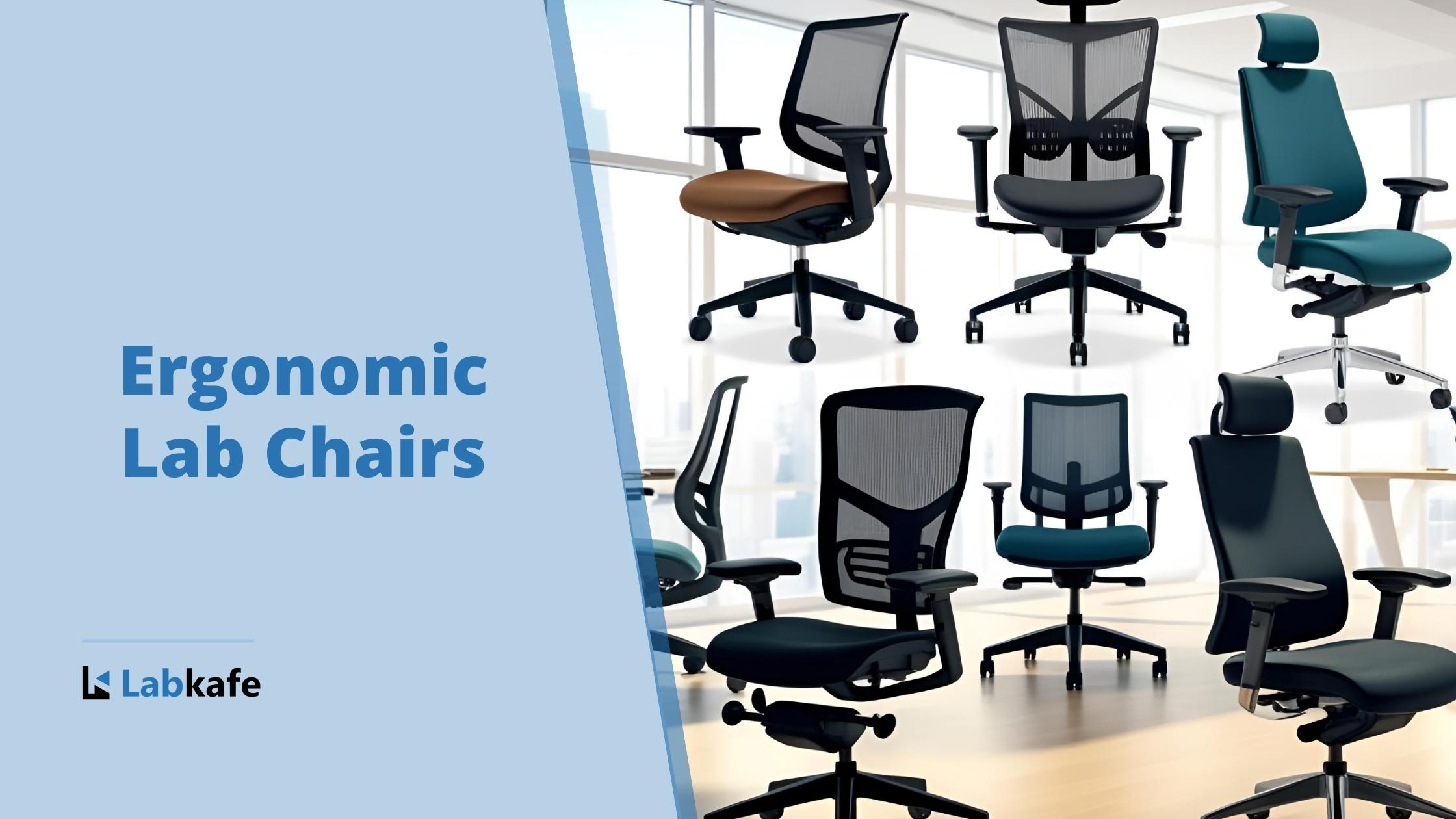
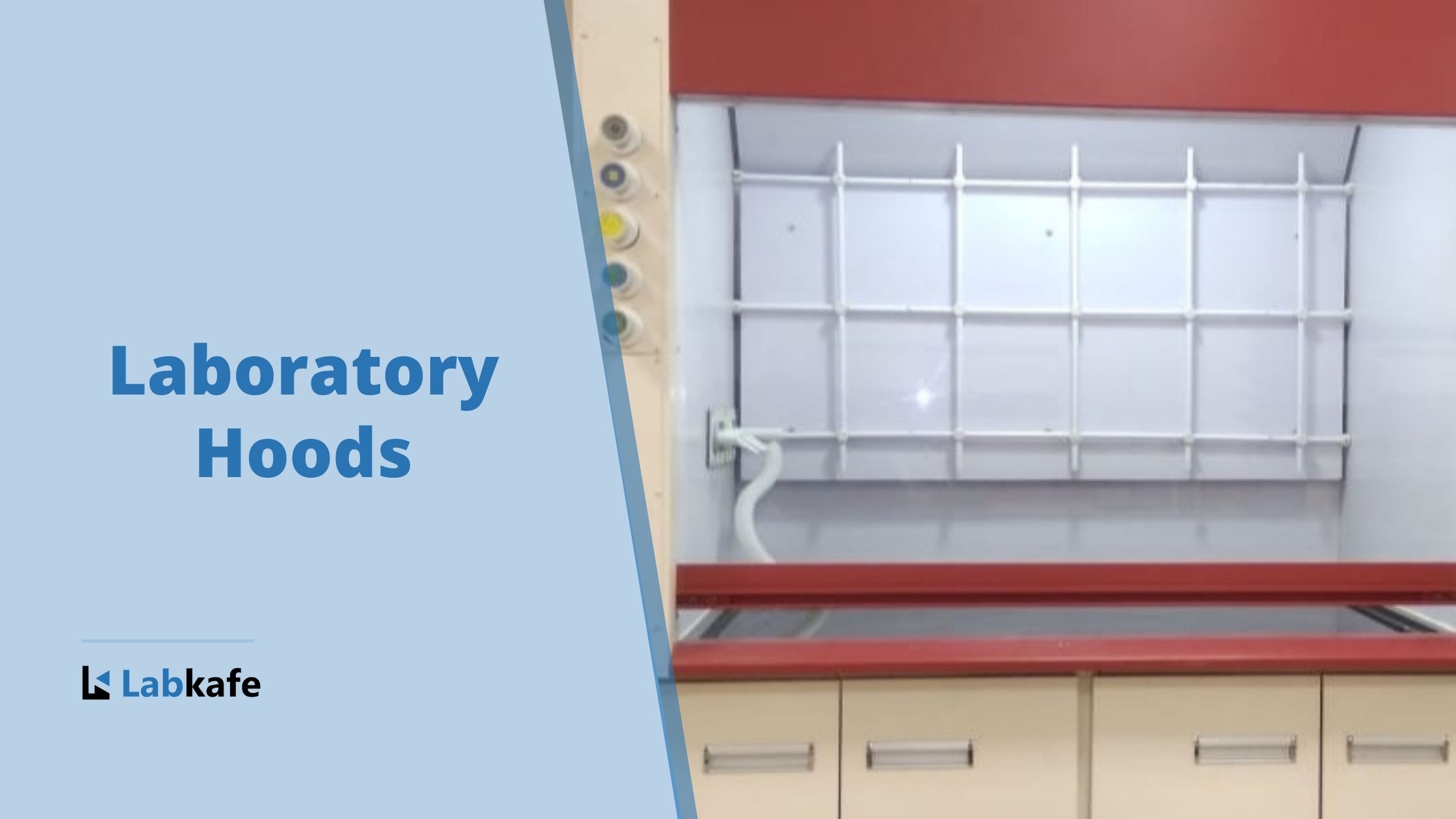
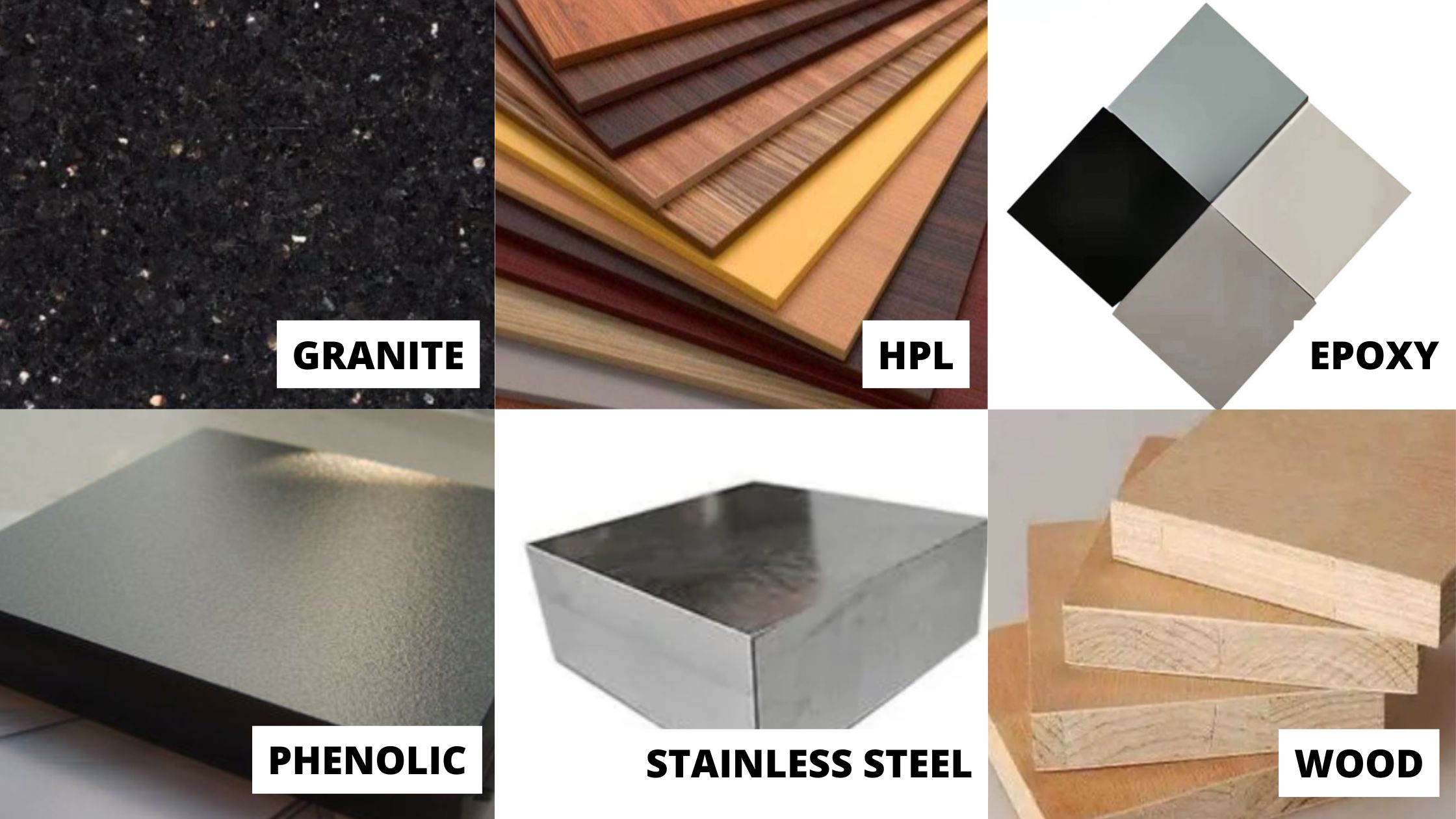
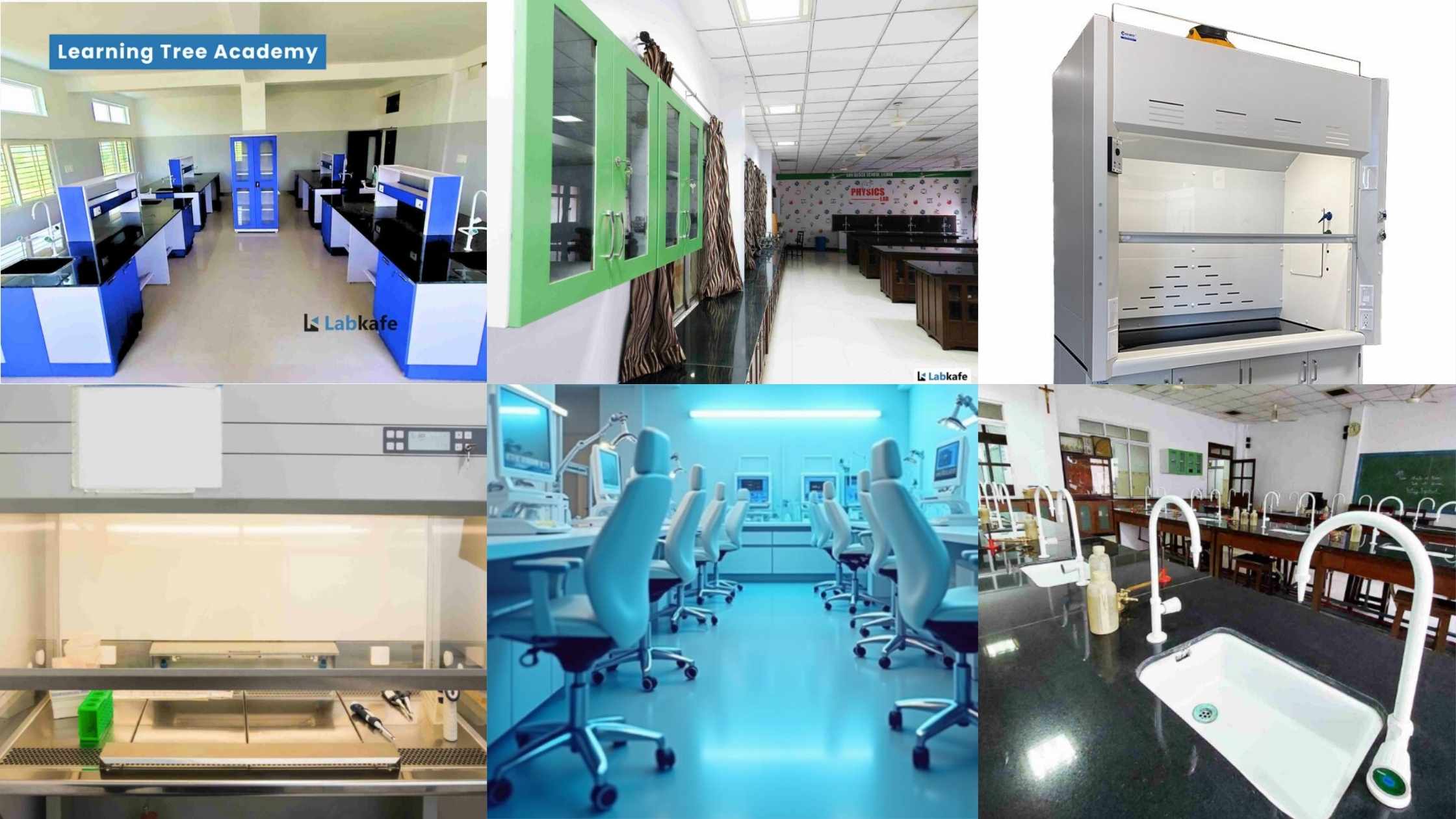
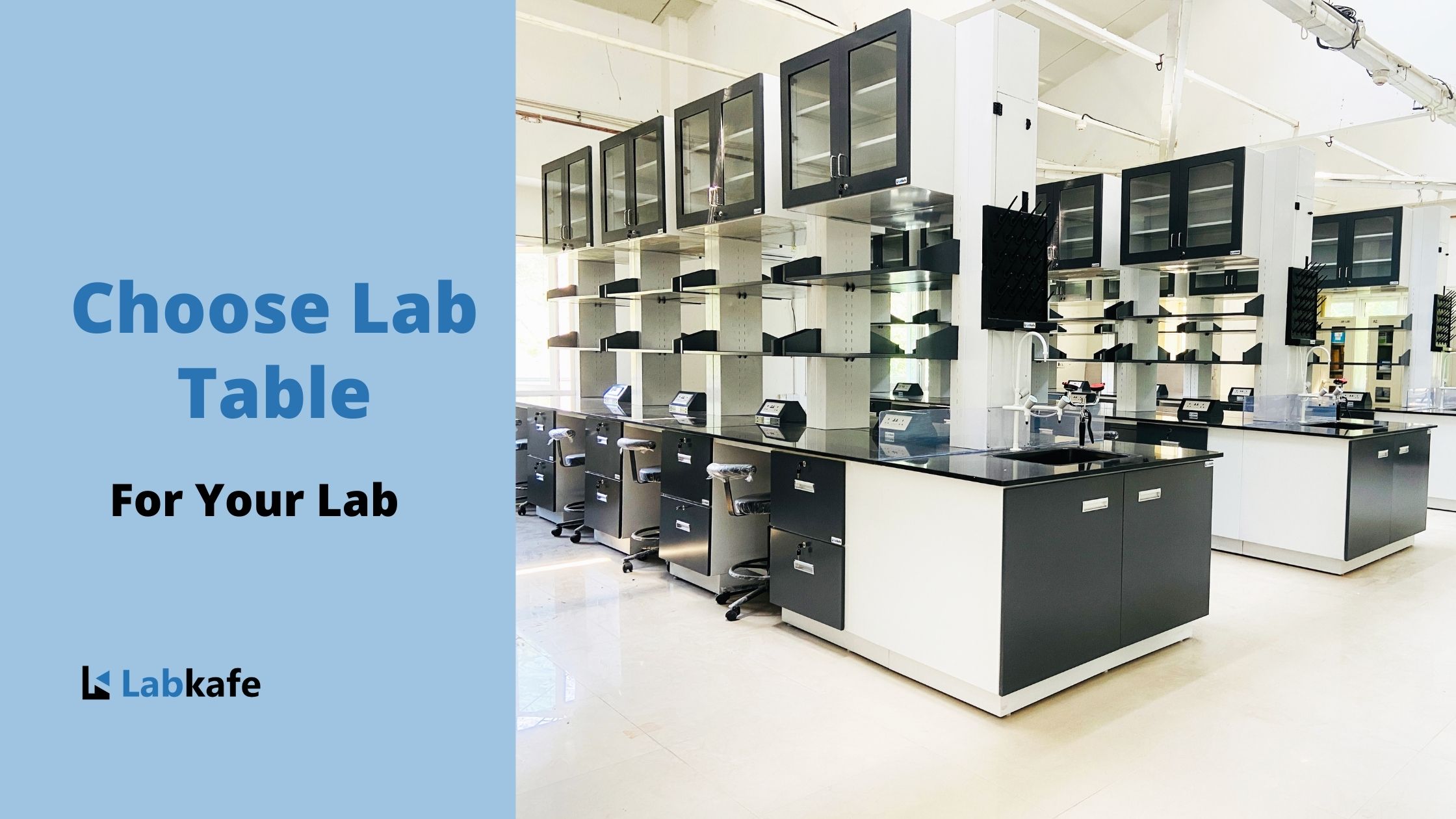
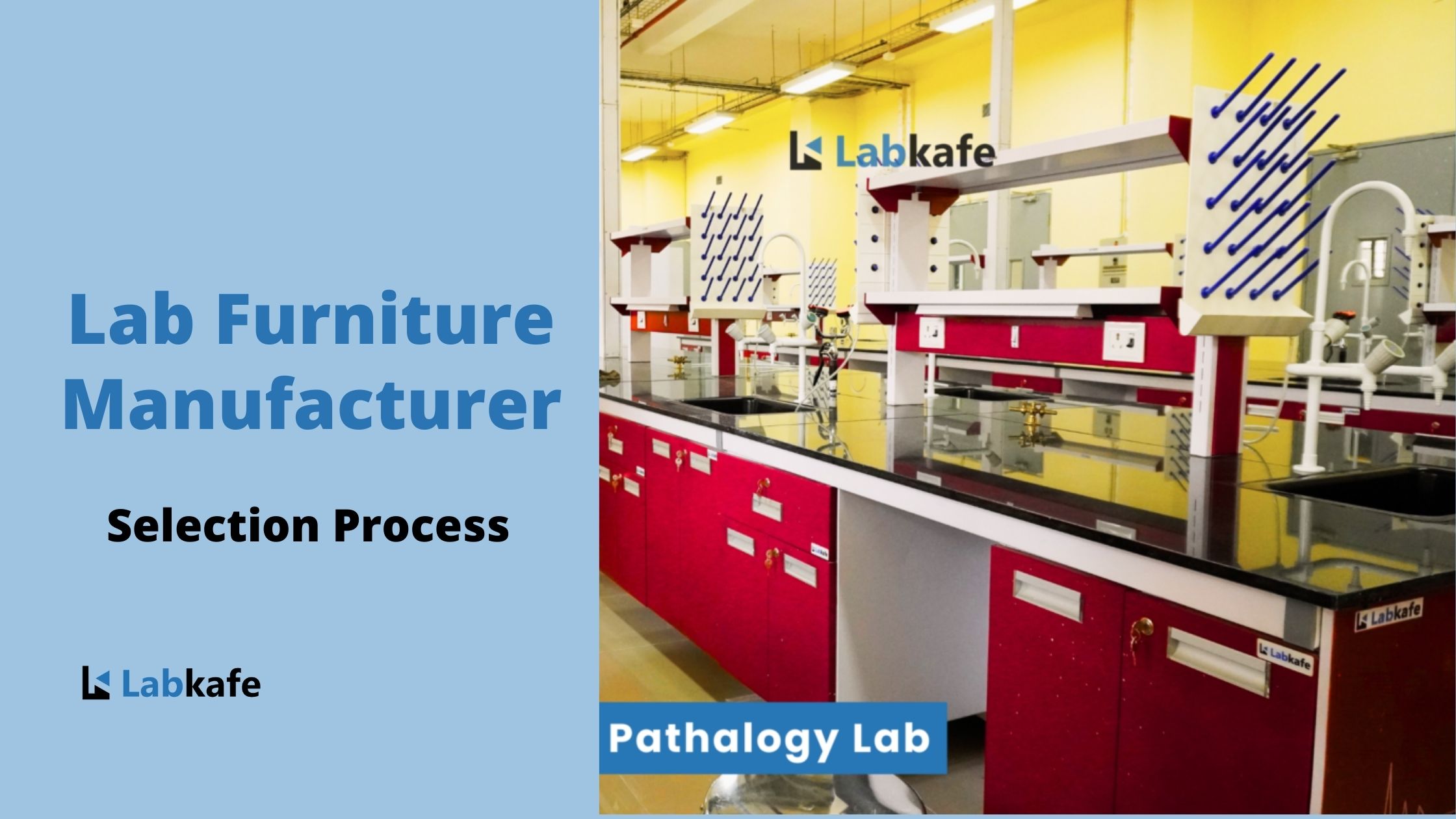
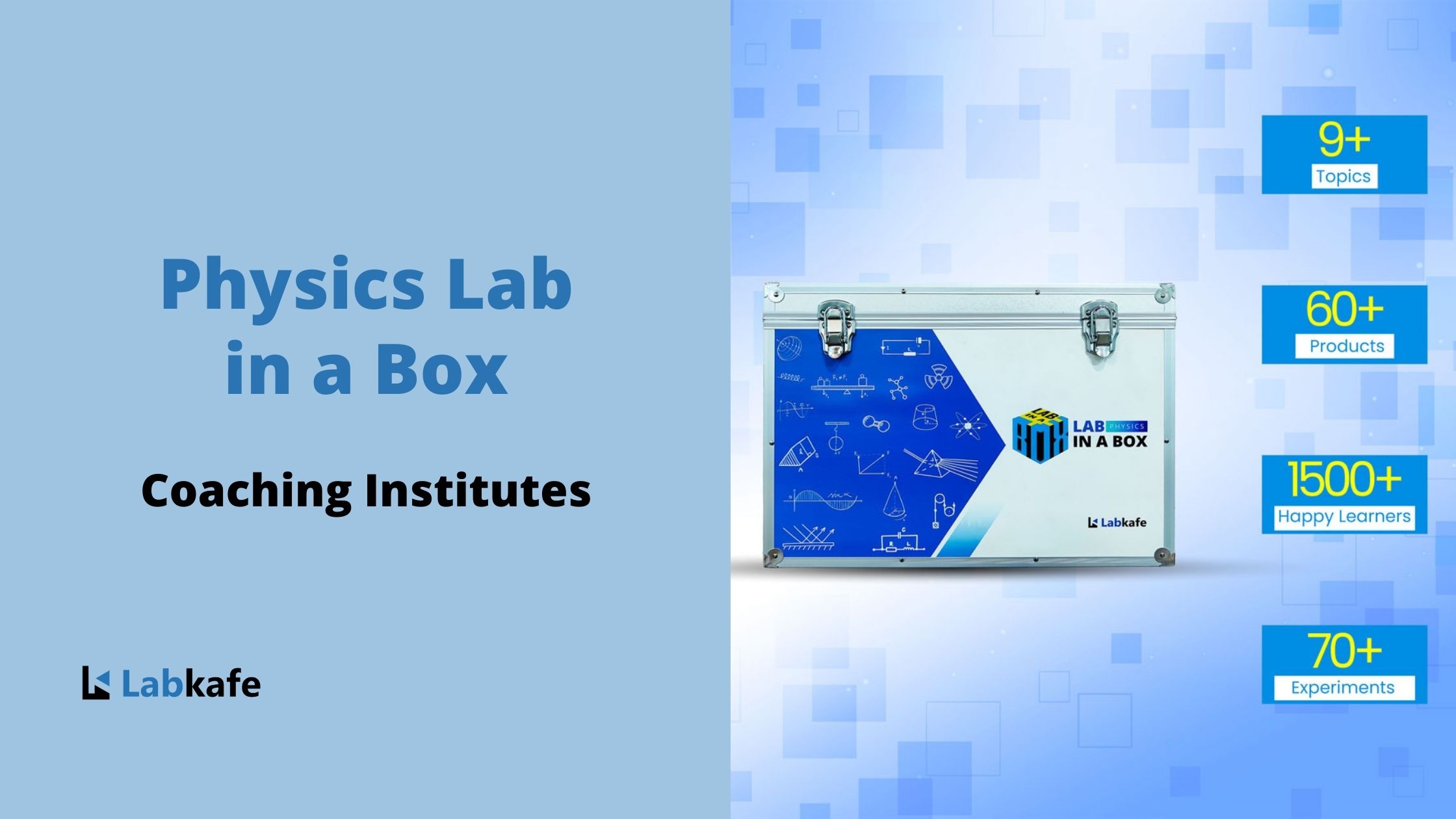
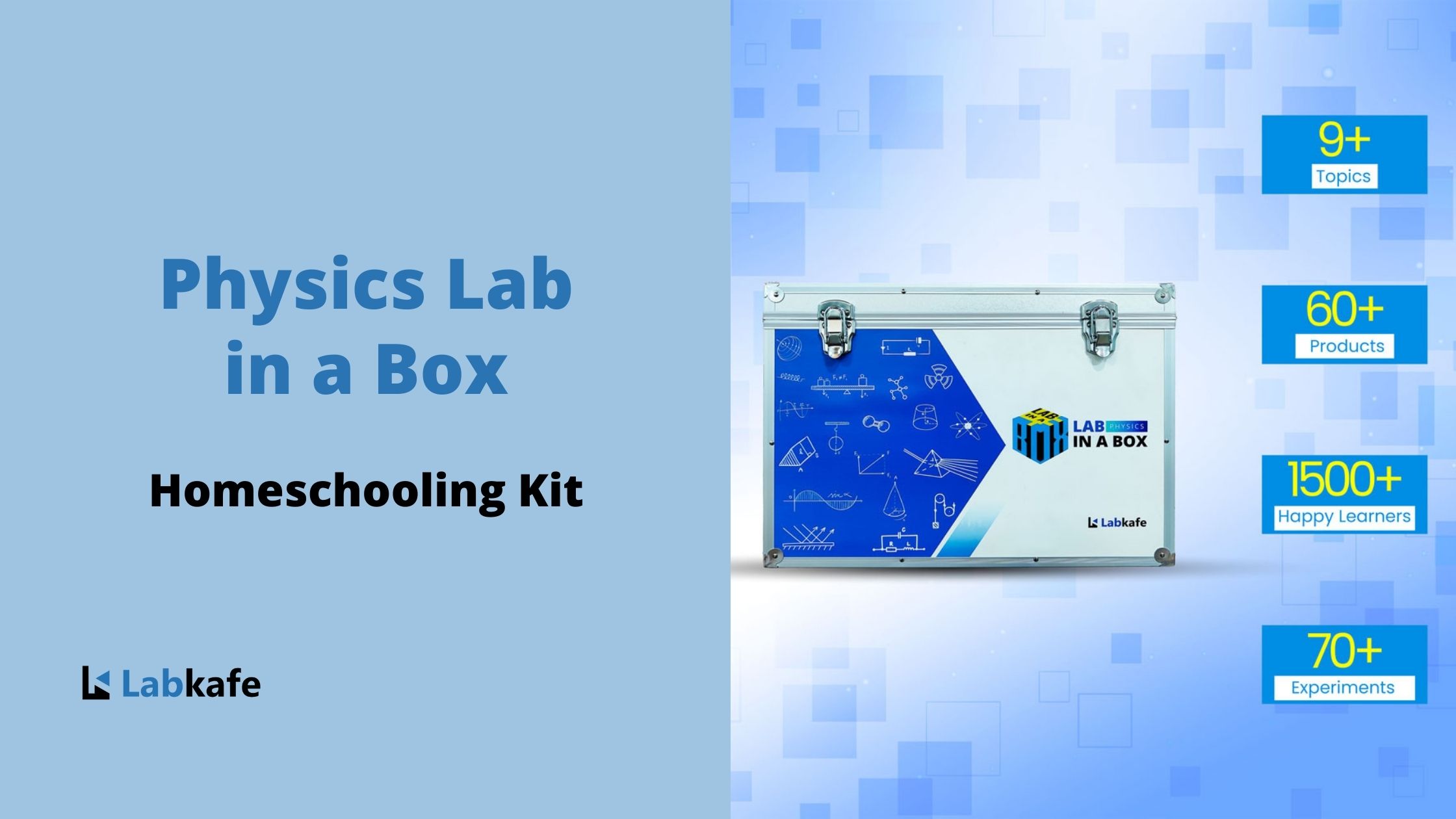
Leave a Reply